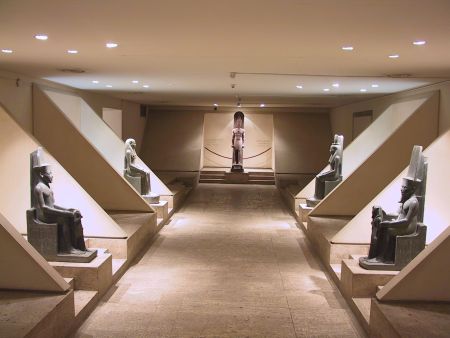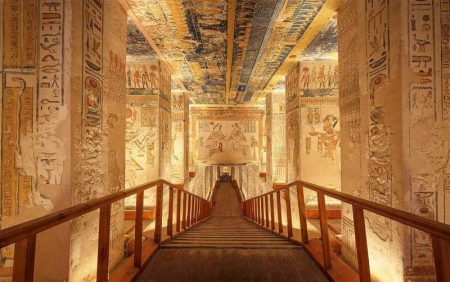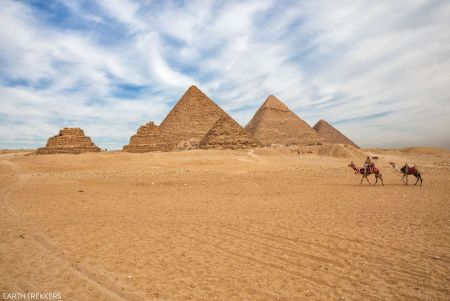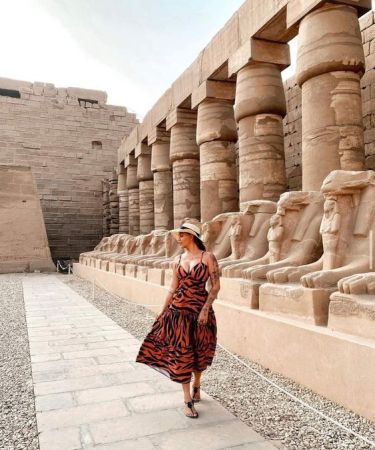The Colossi of Memnon are one of the greatest attractions to see in Luxor, not to be missed on any trip. These two giant statues on the West Bank of Luxor have been drawing attention and amazement for many centuries. Again, whether you are here for a quick day trip to Luxor or decided to take one of the best Luxor day tours, visiting the Colossi of Memnon is a must. Most day tours of Luxor include this great monument along with other exciting stops. It has to get listed among the top things to do in Luxor and is certainly a highlight on any of the Luxor Excursions or Luxor West Bank Tours.
What Are The Colossi Of Memnon?
Representing the Pharaoh Amenhotep III seated on his throne, the Colossi of Memnon are two massive statues about 18 meters (59 feet) tall. The statues were carved of quartzite sandstone and were originally placed in the huge mortuary temple erected to honor Amenhotep III for his life after death. The mortuary temple itself, however, has been destroyed for millennia, whereas the Colossi have stayed till now, carrying the glorious memories of Ancient Egypt.
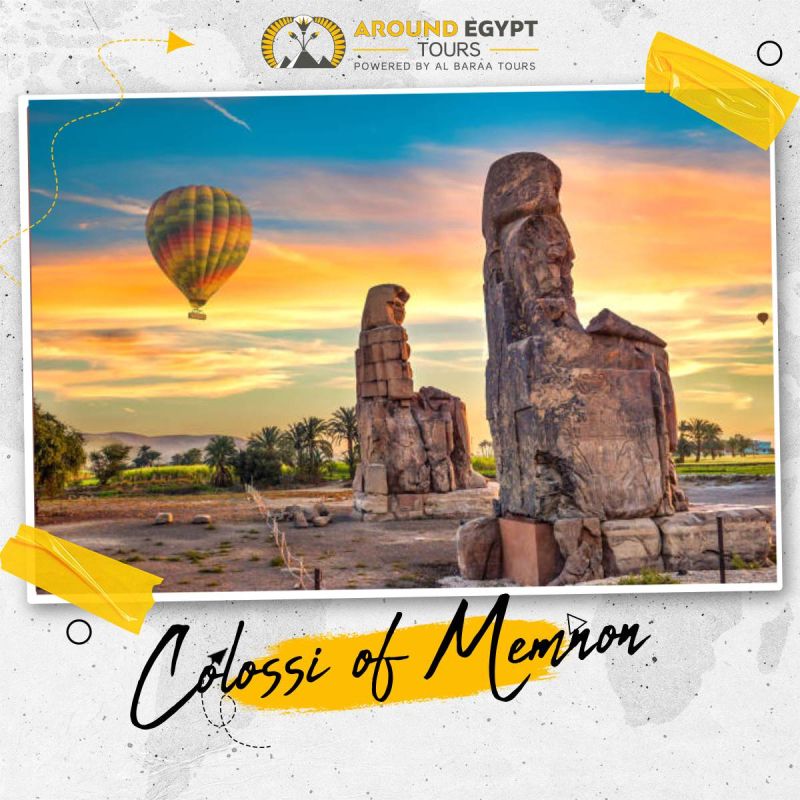
Why Are They Famous?
Apart from their gargantuan dimension, a strange phenomenon makes the Colossi of Memnon eminent. In fact, the northern statue was said in antiquity to produce an eerie, musical sound at dawn, said by those attending to be the "voice" of Memnon, a hero from Greek mythology. This "singing" attracted the attention of ancient tourists, thus making the Colossi famous in the ancient world. Today, the sound does not occur anymore, yet the legend adds an enchanting tone to the visitors' experience.
The Legend of the Singing Statue
One of the most intriguing tales about the Colossi is that the northern statue once "sang" or made musical sounds during dawn. Ancient visitors thought it was the voice of Memnon, a hero in Greek mythology. This outstanding phenomenon attracted travelers for centuries and made it the most famous Luxor tourist attraction in antiquity.
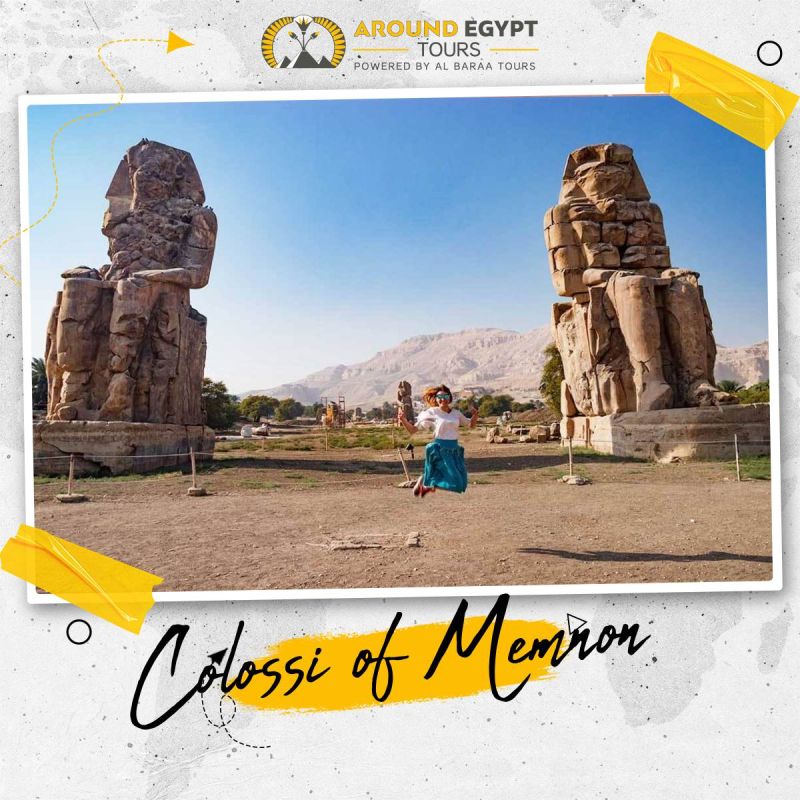
Planning Your Visit to the Colossi of Memnon on a Day Tour in Luxor
Most Luxor day tours consider the Colossi of Memnon the major site of a West Bank excursion, paired with the Valley of the Kings, the Temple of Hatshepsut, and other nearby places. This helps you cover so many Luxor tourist attractions all in one day. Walking around these giant statues, you get a real sense of the scale and artistic achievement of ancient Egypt and this is truly one of the most memorable things to do in Luxor.
Tips for Your Visit
Arrive early before it gets hotter and busier, particularly during the peak tourist season.
Combine your visit with a full tour of Luxor West Bank to gain more from the experience.
Bring sufficient water, lotion, sunscreen, and comfortable shoes because some walking is required.
You could hire a guide to explain the history and legends of the statues and the Temple of Amenhotep III.
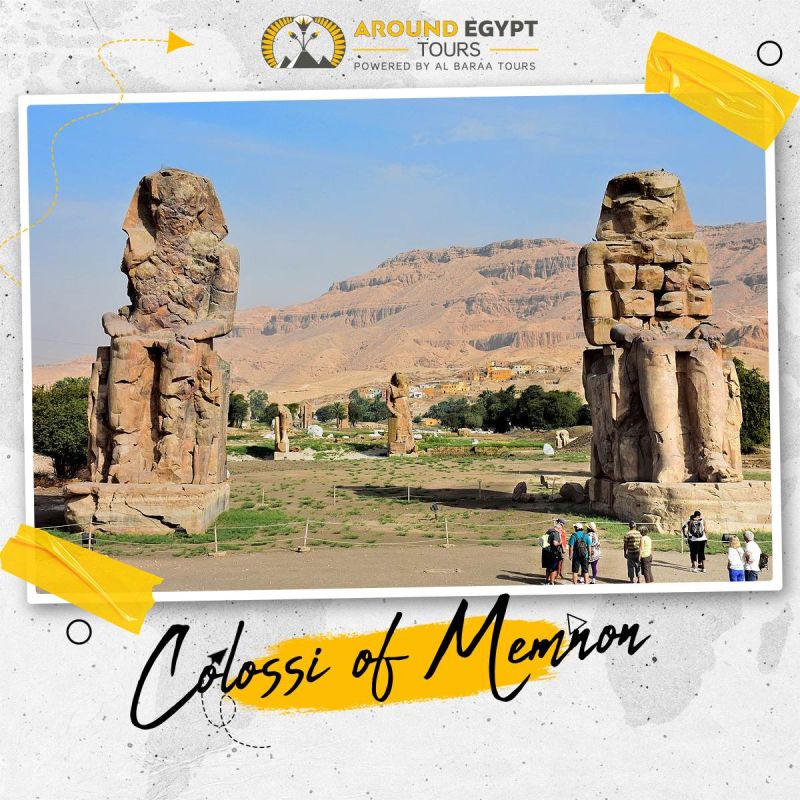
Whether you are planning a day trip to Luxor, a number of day tours in Luxor, or extended Luxor excursions, the Colossi of Memnon stand as a symbol of the ancient legacy of Egypt; the Colossi should be top of any tourist's list in Luxor. Located on the West Bank, they form an iconic highlight of every Luxor West Bank tour. Come experience the colossal guards and delve into the fascinating history of Luxor on your next adventure.
.jpg)

